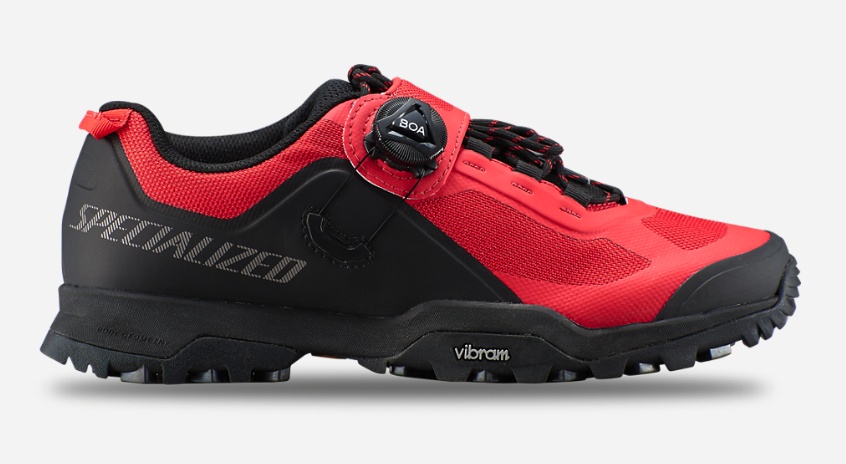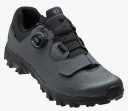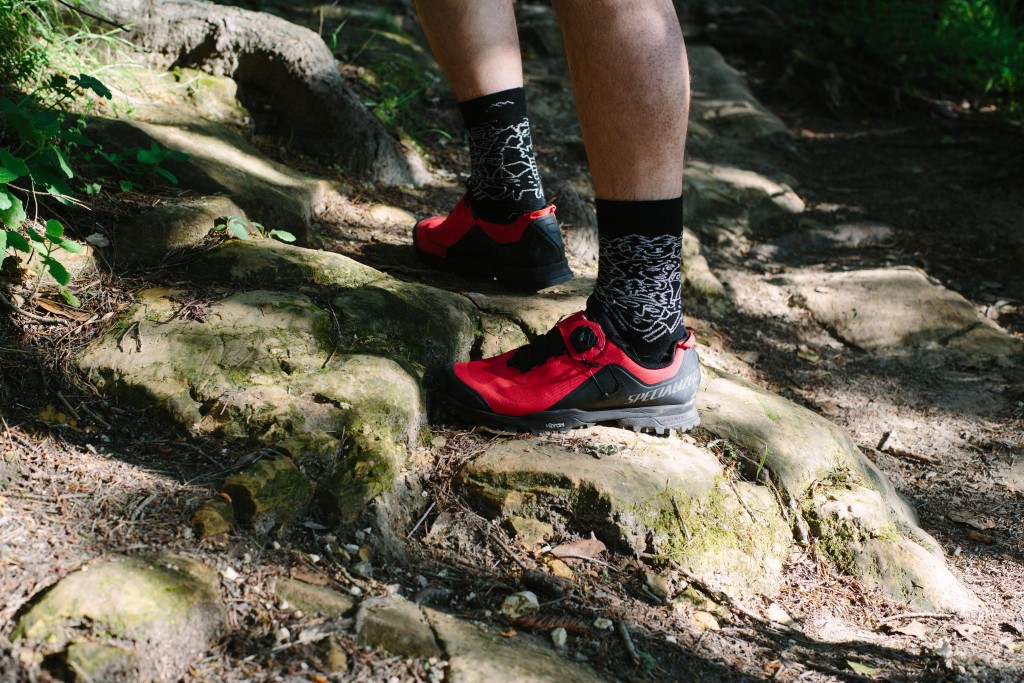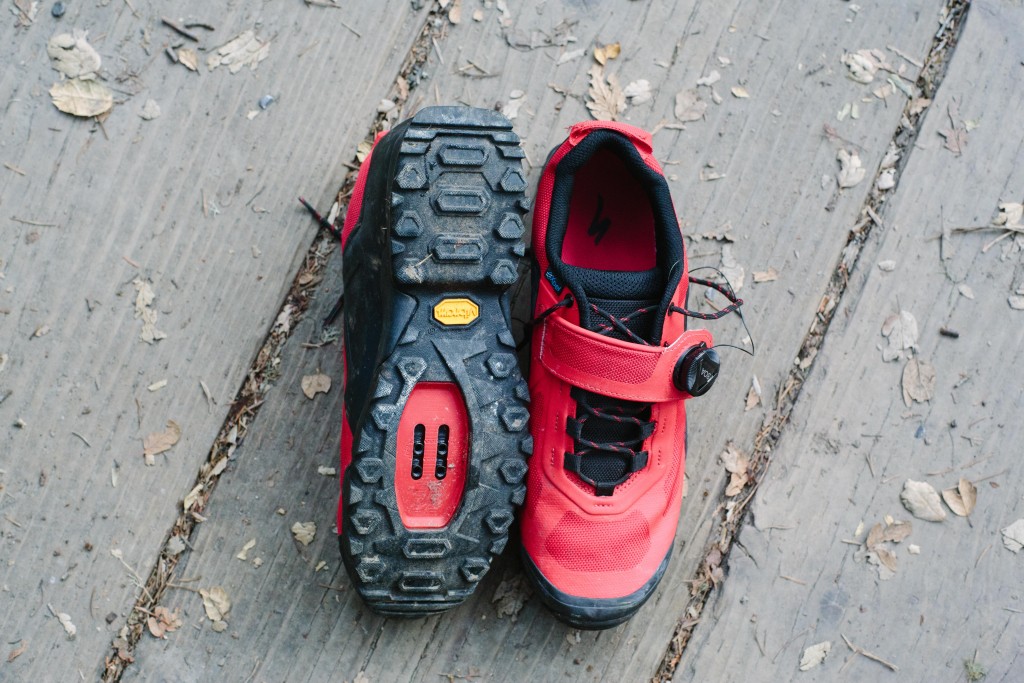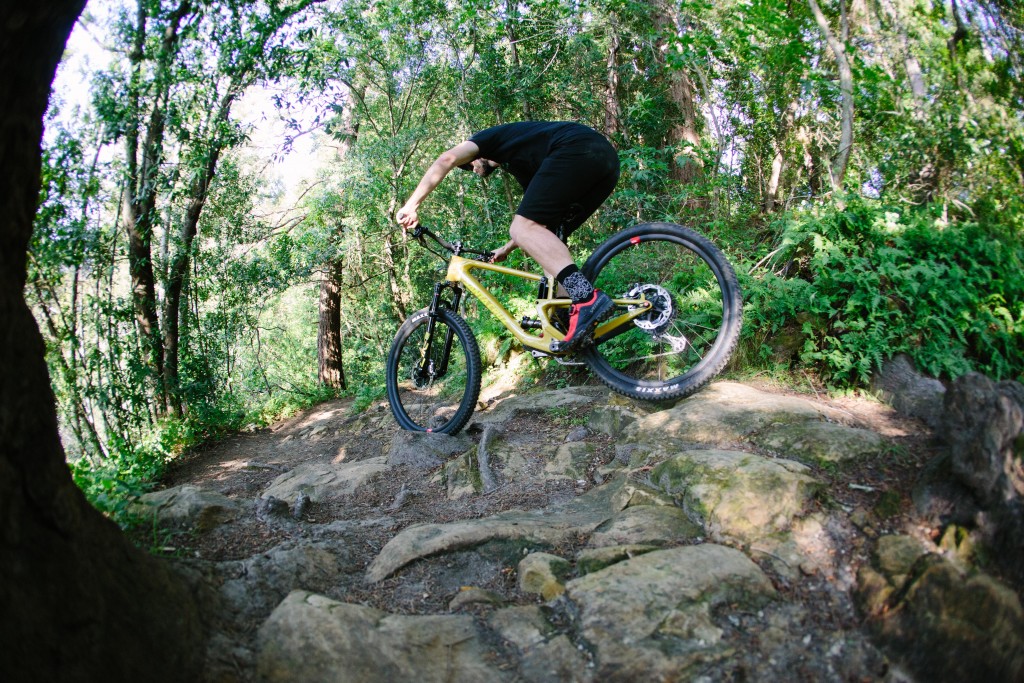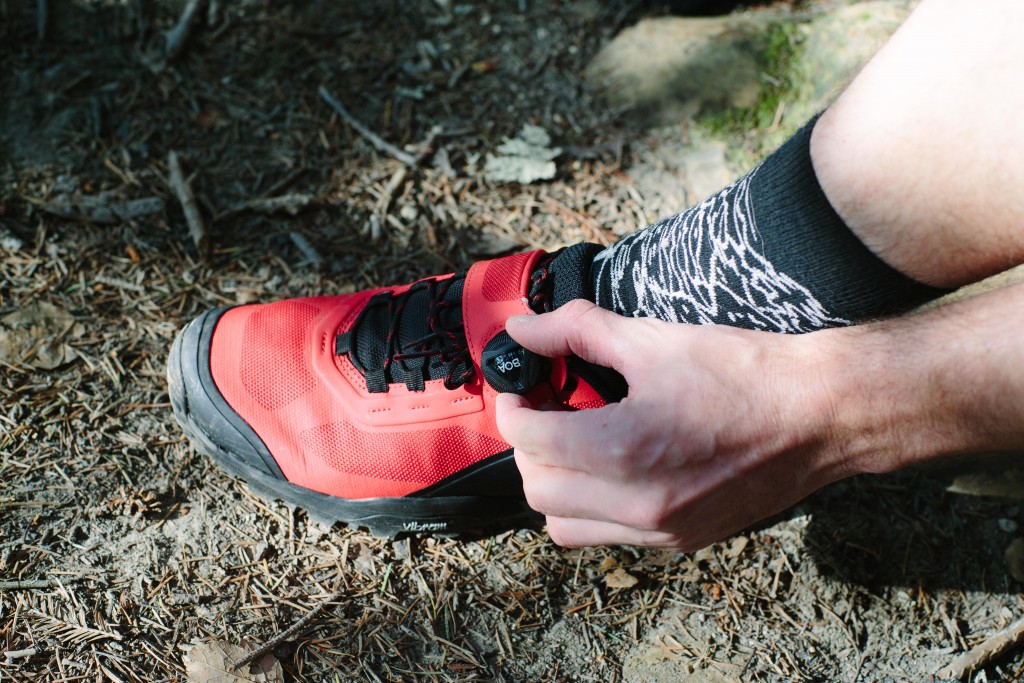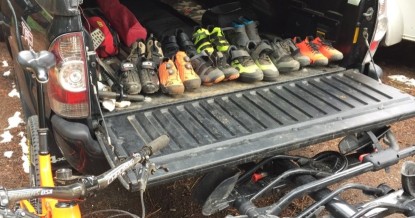Specialized Rime 2.0 Review
Our Verdict
Compare to Similar Products
 This Product
Specialized Rime 2.0 | |||||
|---|---|---|---|---|---|
| Awards | Best Bang for the Buck Cross Country Shoe | Best for Adventure Riding | Best Bang for Your Buck All-Mountain/Trail Shoe | Best on a Tight Budget | |
| Price | $170 List Check Price at Backcountry | $170 List | $150.00 at REI Compare at 4 sellers | $130 List Check Price at Backcountry | $62.97 at Amazon Compare at 2 sellers |
Overall Score  |
|||||
| Star Rating | |||||
| Bottom Line | A lightweight and sturdy shoe to take on the backcountry | An XC/trail riding shoe that combines high performance with affordability | Fantastic shoes for adventurous rides and bikepacking thanks to moderate sole stiffness and great walkability/traction | Lightweight with good power transfer and walkability, these are a reasonably priced trail riding shoe with casual styling | These shoes offer a good blend of on and off-the-bike performance for casual trail riding or bikepacking |
| Rating Categories | Specialized Rime 2.0 | Scott MTB Team Boa | Pearl Izumi X-Alp S... | Specialized 2FO Roo... | Giro Gauge |
| Comfort (25%) | |||||
| Traction and Walkability (25%) | |||||
| Power Transfer (20%) | |||||
| Weight (15%) | |||||
| Durability (15%) | |||||
| Specs | Specialized Rime 2.0 | Scott MTB Team Boa | Pearl Izumi X-Alp S... | Specialized 2FO Roo... | Giro Gauge |
| Closure | L6 Boa and Laces | Boa iP-1 dial, plus velcro strap | Boa L6 dial | Laces | Laces |
| Measured Weight (per shoe) | 419 grams | 359 grams | 435 grams | 375 grams | 452 grams |
| Size Tested | 44.5 | 44 | 46 | 43.5 | 45 |
| Width Options | Regular | Regular | Regular | Regular | Regular |
| Upper Material | XPEL Hydrophobic Mesh | Synthetic Polyurethane, 3D Airmesh | Seamless perforated synthic upper | Synthetic Leather and Textile | Synchwire on-piece composite |
| Footbed | Specialized Body Geometry | ErgoLogic | EVA heel support | Specialized Body Geometry | Die-cut EVA |
| Midsole | Lollipop Nylon Composite | Nylon/Glass Fiber Composite | EVA heel cushioning | Stiff Lollipop nylon composite plate | Injected nylon shank |
| Outsole | Vibram | StickiRubber | Vibram ECOSTEP | SlipNot FG | Rubber outsole |
Our Analysis and Test Results
Specialized has been one of the biggest names in the mountain bike industry for as long as we can remember, and these days they make just about everything you might need out on the trail. From their complete bikes down to their water bottles, we've found that they consistently churn out quality products, and the latest revamp of their classic Rime shoe is no different. The Rime 2.0's design aims to help conquer rugged alpine shale, creek crossings, and, more generally, anything that you might end up having to push your bike over. With a beefy Vibram sole and a sturdy-yet-airy upper, we found that they did just that without sacrificing weight or pedaling performance. After countless hours probing the Rime 2.0 for weak points on a variety of terrain, we didn't find much not to like.
Performance Comparison
Comfort
The Rime 2.0 is super-comfy. It didn't take us much time to break our test pair in. By the end of the first ride, these shoes will feel right at home on your feet. The fit is fairly neutral and should be able to accommodate most foot shapes. Our primary tester for this model has relatively wide feet, but we passed them along to a narrow-footed rider who was able to adjust the fit to keep his toes just as happy. The XPEL mesh upper is pliable enough to hug your instep, and the tongue and heel cup areas have a bit of extra cushion to ensure a snug fit. The Rime 2.0 also features the Specialized Body Geometry insole that claims to boost power and decrease the chance of injury by maintaining lower body alignment. We didn't notice much difference in our foot position with the Body Geometry sole, but we also didn't have any problems with it.
The Rime 2.0 has a single Boa paired with traditional laces. We found the combination of laces and a Boa versatile and comfortable, but the laces also make on-the-fly tension changes more difficult. The single boa offers the ability to quickly crank down the shoe's upper foot, but if you want to adjust the toe area, you'll have to stop and fiddle with the laces. This system provides redundancy in the case of a Boa failure deep in the backcountry, so despite losing a few seconds here and there, we think the closure system was a good design choice for the Rime 2.0's intended purpose.
Traction and Walkability
More than anything else, the Rime 2.0 shines for its all-day walkability. In the inevitable instance that you're forced off your bike in the backcountry, these shoes almost feel like a pair of lightweight hiking boots. We didn't find a terrain type that didn't suit the large-lugged, grippy Vibram sole, and the forefoot offers just enough flex to avoid that stiff cycling-shoe feel when walking. Shouldering the bike over jagged rocks, navigating around massive downed Redwoods, and scrambling up steep muddy hillsides didn't pose a problem for the Rime 2.0. Through countless rides on a variety of terrain, we didn't find any hiking that didn't suit this model.
Of all of the sole compounds that we tested, we think Vibram offers the best all-around traction. The SlipNot rubber sole on the 2FO Roost also provides good traction but doesn't handle mud or wet rocks quite as well. After just a few hike-a-bikes, it became clear that the beefy-soled Rime 2.0 is the best choice for rugged terrain.
Power Transfer
The Rime 2.0 loses a little bit of ground to some of the snappiest XC shoes in its power transfer, but these shoes are designed for the long haul, not hour-long races and thousand-watt sprints. It's clear that the designers at Specialized worked hard to strike a balance between the Rime 2.0's hike-ability and pedal efficiency. The sole is plenty stiff to keep your foot from folding over the pedal or flexing laterally under power, and it even provides a solid platform to stand up and stomp on the power a little bit. The sturdy platform combined with the comfortable insole are plenty to keep your feet from fatiguing and cramping during long days in the saddle, and they won't cost you too many watts on the long climbs.
Standing up and accelerating hard out of corners or up steep, punchy climbs were the only times we noticed a little bit of extra flex in the sole. Where a full carbon or nylon soled shoe snaps your power into forward motion, the Rime 2.0 wallows ever-so-slightly. That said, this model's minimal power transfer concessions are made up for by its walkability.
Weight
When we pulled out the ever-trusty kitchen scale our test pair of Rime 2.0's weighed in at 419 grams per shoe without cleats installed. Specialized's claimed weight for this model is 384 grams for a size 42, so it makes sense that our size 44.5 test pair would have a few grams of added heft. For a shoe intended for rugged backcountry expeditions, the Rime 2.0 is incredibly light. Weighing just 40-50 grams more than some of the lightest XC shoes in our test makes these a viable choice for the most weight-conscious adventurers out there.
We were pleasantly surprised to see that the Rime 2.0 was so light despite the beefier sole and the laces. Gear weight becomes a primary concern on extended backcountry trips, and often riders have to sacrifice sturdiness for energy savings, but the Rime 2.0 doesn't force you to compromise.
Durability
As is the case with most Specialized products these days, the Rime 2.0 is a well-constructed and durable shoe. After weeks of laying down the miles in our test pair, we couldn't find any overt signs of wear on them, and we rated their durability accordingly. The heavy-duty sole and toe box should span the test of time and keep your foot protected in the process.
That being said, given the intended use of these shoes, we don't think they'll be quite as long-lasting as some of the more heavy-duty trail shoes we tested. The mesh upper, while beefy, seems more susceptible to abrasion from rocks or snags on branches and trees than the harder, smoother uppers on shoes like the 2FO Roost or Ride Concepts Transition. We realize we're a bit nitpicky here, but that's our job.
Value
We think the Rime 2.0 is a great value overall. With a roughly middle-of-the-road price tag among shoes we tested, you'll get a lot of bang for your buck here. If you're looking to go on some hefty backcountry excursions or even just want to make sure you won't slip when you're hiking back up to hit that jump again, the Rime 2.0 is a solid choice. It's versatile enough to be an everyday trail shoe, and its rugged design will handle any adventure you can throw at it.
Conclusion
Specialized managed to nail the Rime 2.0's niche design while keeping it well-rounded enough to be a viable option as a trail rider's only pair of shoes. It ticks all the boxes for backcountry epics with a beefy, lugged sole, a water-resistant upper, and feather-light weight, and it maintains its trail-shoe identity with a stiff sole and rigid, protective body. Anyone who plans on the occasional hike-a-bike (as the saying goes, "if you ain't hiking, you ain't mountain biking"), would we well served by the Rime 2.0.


